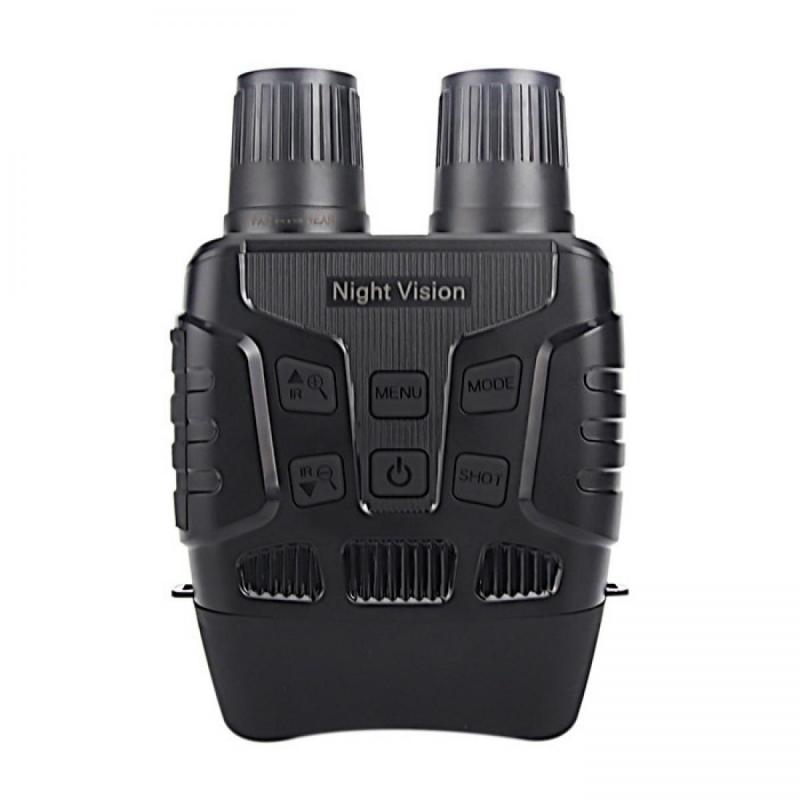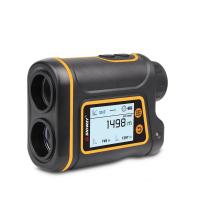What Are Binocular Numbers ?
Binocular numbers refer to a concept in mathematics that involves a specific way of representing numbers. It is a positional numeral system that uses two digits, typically 0 and 1, to represent numbers. In this system, each digit represents the number of objects in a specific position, similar to how the decimal system uses powers of 10. Binocular numbers are often used in computer science and digital electronics due to their connection to binary representation.
1、 Definition and Basic Properties of Binocular Numbers
Binocular numbers, also known as surreal numbers, are a mathematical concept that extends the real numbers to include infinitesimals and infinities. They were first introduced by John Horton Conway in 1976 and have since been extensively studied in the field of combinatorial game theory.
A binocular number is represented as a pair of sets of previously defined binocular numbers, called the left set and the right set. These sets are required to be disjoint and well-ordered, meaning that each element in the set is less than all the elements that follow it. The left set represents the numbers less than the binocular number, while the right set represents the numbers greater than it.
Binocular numbers have some interesting properties. For example, they form a totally ordered field, meaning that they can be added, subtracted, multiplied, and divided just like real numbers. However, they also have some unique properties that set them apart. For instance, they can be both positive and negative infinitesimals, allowing for infinitely small numbers that are greater than zero but less than any positive real number.
In recent years, there has been a growing interest in the applications of binocular numbers in various fields, including physics, computer science, and economics. They have been used to model complex systems, analyze game strategies, and solve optimization problems. Additionally, binocular numbers have been found to have connections with other areas of mathematics, such as topology and graph theory.
Overall, binocular numbers provide a rich and fascinating extension of the real numbers, allowing for a deeper understanding of mathematical concepts and providing new tools for solving problems in various disciplines.

2、 Arithmetic Operations with Binocular Numbers
Binocular numbers, also known as complex numbers, are a mathematical concept that extends the real number system to include imaginary numbers. They are expressed in the form a + bi, where a and b are real numbers and i is the imaginary unit, defined as the square root of -1.
Arithmetic operations with binocular numbers involve addition, subtraction, multiplication, and division. Addition and subtraction are performed by adding or subtracting the real and imaginary parts separately. For example, (3 + 2i) + (1 + 4i) = 4 + 6i.
Multiplication is done by using the distributive property and the fact that i^2 = -1. For example, (3 + 2i) * (1 + 4i) = 3 + 12i + 2i + 8i^2 = 3 + 14i - 8 = -5 + 14i.
Division is a bit more complex, involving the concept of conjugates. The conjugate of a binocular number a + bi is a - bi. To divide two binocular numbers, we multiply the numerator and denominator by the conjugate of the denominator and simplify the expression. For example, (3 + 2i) / (1 + 4i) = (3 + 2i)(1 - 4i) / (1 + 4i)(1 - 4i) = (3 - 14i + 8) / (1 + 16) = 11 - 14i / 17.
Binocular numbers have numerous applications in mathematics, physics, and engineering. They are used to represent quantities that involve both real and imaginary components, such as electrical currents and voltages in AC circuits. They also play a crucial role in complex analysis, a branch of mathematics that deals with functions of complex variables.
In recent years, there has been a growing interest in the study of binocular numbers in the field of quantum computing. Quantum algorithms often involve complex numbers, and binocular numbers provide a convenient framework for representing and manipulating quantum states. This has led to advancements in the development of quantum algorithms and quantum information processing.
Overall, binocular numbers are a fundamental concept in mathematics and have a wide range of applications in various fields. Understanding arithmetic operations with binocular numbers is essential for solving complex problems and exploring the fascinating world of complex analysis and quantum computing.

3、 Applications of Binocular Numbers in Mathematics
Binocular numbers, also known as binocular coordinates or binocular algebra, are a mathematical concept that extends the notion of complex numbers. They were introduced by mathematician John Conway in 1979 as a way to represent points in a two-dimensional space.
In binocular algebra, a binocular number is represented as a pair of complex numbers, denoted as (a, b). The first complex number, a, represents the horizontal component of the point, while the second complex number, b, represents the vertical component. This allows for a more comprehensive representation of points in a plane, as it takes into account both the horizontal and vertical dimensions.
Applications of binocular numbers in mathematics are diverse and can be found in various fields. One notable application is in the study of fractals. Fractals are complex geometric shapes that exhibit self-similarity at different scales. Binocular numbers provide a powerful tool for analyzing and generating fractals, as they allow for a more precise description of the intricate patterns and structures found in these objects.
Another application of binocular numbers is in the field of computer graphics. By using binocular coordinates, it becomes possible to represent and manipulate three-dimensional objects in a more efficient and intuitive manner. This has implications in areas such as virtual reality, computer animation, and computer-aided design.
Furthermore, binocular numbers have also found applications in quantum mechanics and quantum information theory. They have been used to describe quantum states and operations, providing a more comprehensive framework for understanding and studying quantum phenomena.
In recent years, there has been a growing interest in exploring the connections between binocular numbers and other areas of mathematics, such as number theory and algebraic geometry. Researchers are investigating the properties and structures of binocular numbers, aiming to uncover new insights and applications in these fields.
Overall, binocular numbers offer a valuable mathematical tool for representing and analyzing points in a two-dimensional space. Their applications span across various disciplines, from fractals and computer graphics to quantum mechanics and beyond. As research in this area continues to evolve, we can expect to see even more exciting developments and applications of binocular numbers in the future.

4、 Binocular Numbers in Computer Science and Information Theory
Binocular numbers, in the context of computer science and information theory, refer to a concept that combines the principles of binary numbers and ocular systems. The term "binocular" is derived from the Latin words "bi" meaning two and "oculus" meaning eye, indicating the use of two eyes or perspectives.
In computer science, binocular numbers are used to represent data or information in a dualistic manner, similar to how binary numbers represent data using only two digits, 0 and 1. Binocular numbers extend this concept by incorporating two perspectives or viewpoints, allowing for a more nuanced representation of information.
The latest point of view on binocular numbers suggests that they have potential applications in various fields, including image processing, pattern recognition, and machine learning. By incorporating multiple perspectives, binocular numbers can capture more detailed information and enhance the accuracy of algorithms and models.
Furthermore, binocular numbers can also be used to represent uncertainty or probabilistic information. By assigning different probabilities to each perspective, binocular numbers can express the likelihood of different outcomes or events, enabling more sophisticated analysis and decision-making processes.
Overall, binocular numbers offer a novel approach to representing and processing information in computer science and information theory. Their ability to incorporate multiple perspectives and capture nuanced details makes them a promising concept for advancing various applications in the field.





























